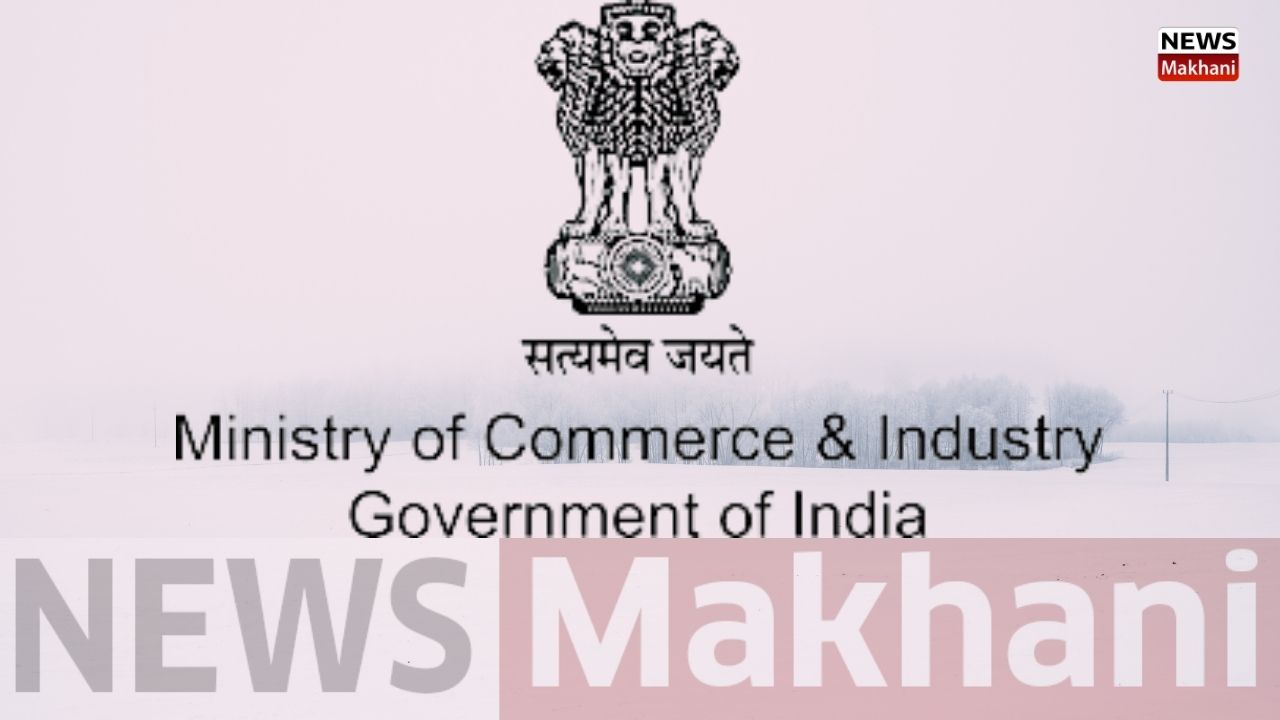App to have wide ranging economic benefits for the state also
Delhi 16 JUN 2021
On an average, a truck in India covers 50,000-60,000 km a year, compared to over 300,000 km in advanced nations such as the United States. One of the key reasons is delays due to random stoppages for physical checking of vehicles and verification of documents etc.While GST has helped improve the situation, there is a long way to go to reach the advanced country levels.
There are over 60 different instances of potential violations of various rules and compliances that enforcement agencies need to watch out for. The responsibility for this enforcement lies with state governments departments, namely Commercial tax, transport, police and other agencies.
As a strategy to reduce logistics costs on road transportation, the Government of India, Department of Commerce, Logistics Division has developed a risk-based approach on the implementation of smart enforcement of rules and regulations related to road-based violations by trucks. It has also developed anIT based solution to make enforcement mechanism technology driven.
In a meeting with the officials of the State governments held today, the risk-based approach was shared and the IT-based Smart Enforcement App was unveiled. The meeting was attended by over 100 senior officials from related departments such as commercial tax and the transport departments of the state governments.
The key features of the integrated smart solution are:
- An IT application that would fetch data related to goods being carried on the truck from the existing Goods and Services Tax Network (GSTN) database, and the information related to the vehicle from the VAHAN database
- Make this data available to enforcement officers on the road in advance for approaching trucks
- Based on a risk matrix that uses historical patterns, the app assigns a risk profile to the truck helping the officers decide whether to stop it for further scrutiny
- It requires the officer to issue all fines, penalties, or any other punitive measure through the app, ensuring transparency
- The app includes features that keep records and help reduce ad-hoc implementation of these rules and regulations
- The application would have the ability to integrate with all the sensors, Weigh in Motion, and cameras available with the state government or National Highway Authority to allow remote enforcement.
- This would significantly reduce the need to deploy officers on the ground since the app would be able to alert officers whenever a vehicle is in violation.
The benefits that would accrue from the adoption of the App will be as follows:
- Lead to decrease in number of physical checks of commercial vehicles by the enforcement officers
- Overall reduction in the number of cash challan by issuing e-challan using the system
- Reduction in deployment of work-force on Roads leading to better manpower utilization
- Higher revenue collection due to reduced human intervention
- Improved targeting of offenders
- Reduction in Logistics Cost (currently at 13% of GDP).
Speaking on the occasion, Special Secretary, Logistics, ShriPawanAgarwal pointed out that the process of enforcing rules and regulations associated with tax, transport, traffic, and product specific legislation such as petroleum, forest produce, minerals etc.requires significant investment in manpower and resources by state governments. While economic activities have increased, various states have not been able to increase the manpower to that extent. Thus, technology adoption and risk-based approach is the only way forward. He further added that reduced compliance burden on movement of trucks can potentially help to reduce transportation costs quite significantly.
Transport associations fully supported this initiative of the government. They pointed out that the current system is largely an ad-hoc selection of trucks for inspection and checks, giving scope to allegations of corruption and misuse.
The meeting noted that the Smart Enforcement App will have wide ranging economic benefits for the state and help in reduction of logistics costs. An effective enforcement will be critical in preventing not just revenue loss but also accidents and loss of human lives making Indian roads safer for trade and commuters.
All States expressed their interest in implementing such solutions at a wider scale within the states. Moving forward, it was decided that based on the level of preparedness of the States, the logistics Division would take up customization of the Smart Enforcement App for different States depending on their specific requirements. It was decided to take up states on first-cum-firstbasis and cover at least ten states within 2021-22.

 English
English






